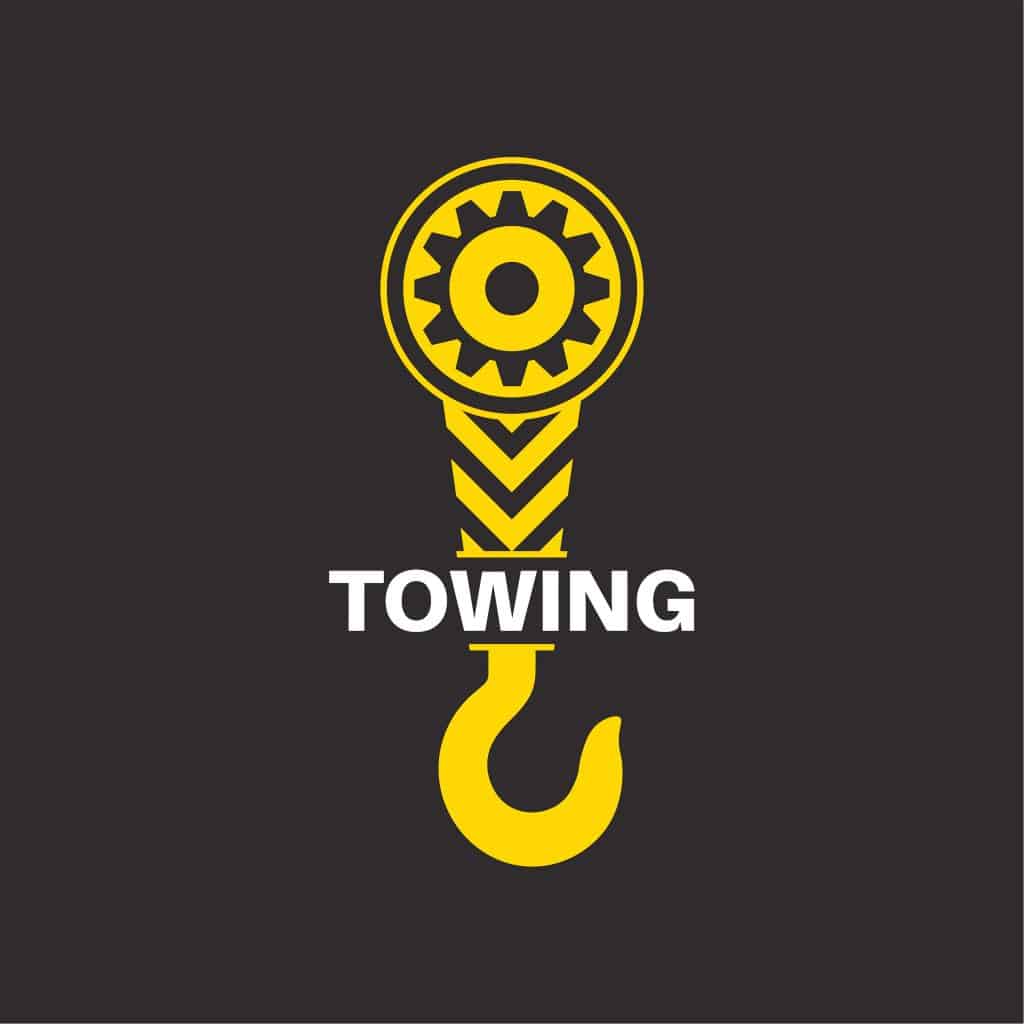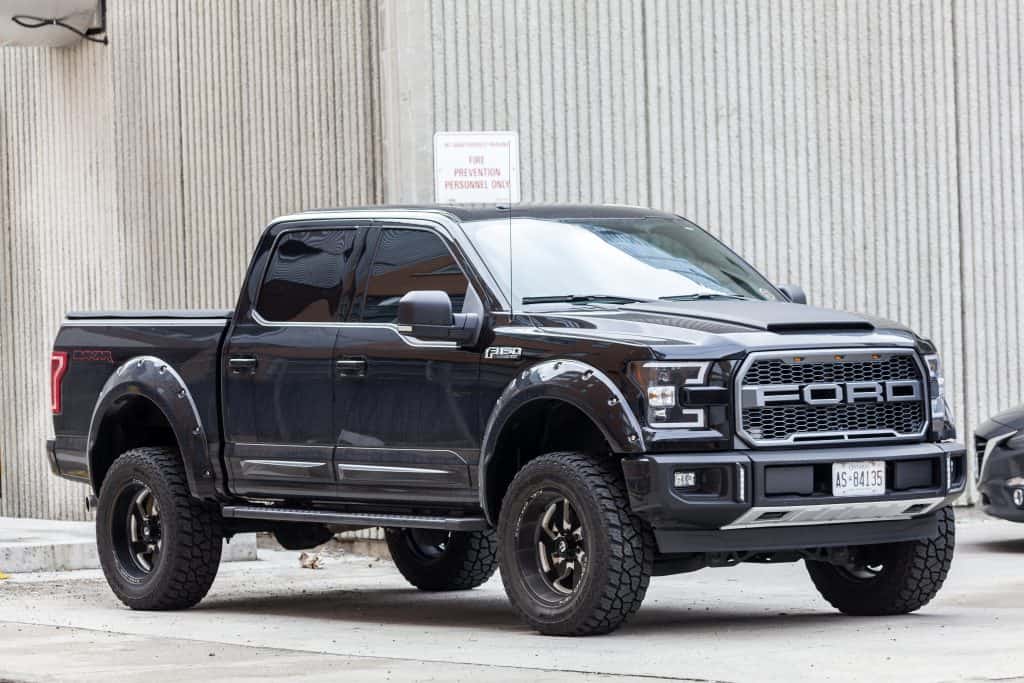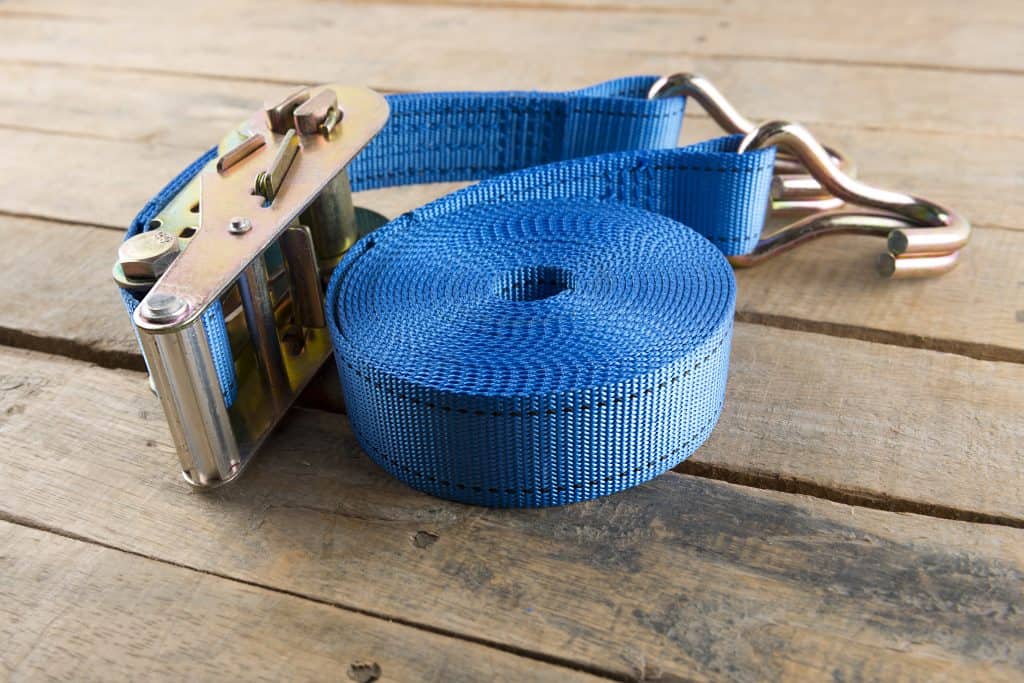
Most of the time, unless the side-by-side has been modified, UTVs cannot be flat towed. In order for flat towing to be done, the UTV will need to made street legal. It is uncommon for a side-by-side to be street legal straight out of the dealership.
With summer upon us and the fall soon to be on its way, it is a great time to get outside with friends and family and go enjoy the outdoors. It is an even better time to take out the old side-by-side and do some trail riding too.
However, if you are the average person who does not live on a ranch, farm, or multi-acre property, then you probably do not have trails nearby, and you cannot just drive your side-by-side to the nearest trail.
Plus even if you could, you most likely will not want to put any unnecessary miles/hours on your vehicle or wear and tear on your tires. So if that is the case then you will want to end up towing your side-by-side to the trail/location that you want to go to.
There are plenty of good ways to tow your side-by-side, there are also plenty of bad ways to do it too. The most popular way to tow things is by flat towing, but you can’t do that with a UTV for various different reasons.
So before you go out and jerry-rig your side-by-side to the back of your truck and have it put out a back window, bust your tailgate, or have the vehicle break its straps and flip out onto the road, let us go over a few do’s and dont’s of towing your UTV so that you can ensure a safe trip for you and your side-by-side.
Why Can’t You Flat Tow UTVs?

Typically whenever you flat tow a vehicle, that vehicle is registered with the BMV, has a street-legal license plate, and has all of the other necessary items, required by your particular state, to make a side-by-side street legal.
So the first requirement for flat towing anything, to begin with, is making sure that it is street legal, but just because it is street legal does not mean you are going to want to flat tow the vehicle.
Stock side-by-sides with stock tires such as Maxxis Bighorn tires, Coyote tires, and other “off-road,” “dirt-style,” tires, are not street legal and therefore make it illegal to flat tow your side-by-side.
In order to even flat tow your side-by-side, you would have to have DOT tires or road tires equipped on your side-by-side. Road tires are much different than your standard off-road tires that come with your UTV.
Off-road tires are not only not DOT, but they are also typically very soft. They have better traction in dirt, but the thick treading that is on them does not make them efficient on the pavement.
If you were to flat tow your UTV with its stock tires, then they would begin to burn up on the pavement after going 70 miles per hour or so for a 100-mile trip. You may end up reaching your destination just fine, but you would not be riding your UTV on melted tires that is for sure.
Another reason why you should not flat tow your side-by-side is because the alignment would not be right for it. Most of the time when you flat tow a vehicle such as a jeep, sedan, etc you have to make sure the steering wheel is locked, and that you are using a tow bar to ensure that the vehicle does not sway while being towed.
Side-by-sides really do not have those tow-bar options and so in order to even begin to tow a side-by-side, you would need to readjust your alignment a few degrees or so in order for it to be towed. Then once you reach your destination you would need to re-align the vehicle’s alignment to its factory setting so you can go enjoy the trails.
You would have to repeat that process all over when you decide to go back home. So it is just not a very efficient thing to do just to get your UTV to a different place.
Long story short, you cannot flat tow your stock UTV legally, to begin with, and even if you went through the process of getting pavement durable tires, fixing the alignment, and making the vehicle street legal, it is a quicker and better use of your time to just purchase a trailer instead.
Tactful Tips to Tow
So hopefully by now, I have discouraged you from trying to flat tow your UTV. Please. Do not do it. It will not end up well for you in the end. But regardless you need to get your side-by-side to its destination so here are some tips on how to tow your vehicle correctly.
Know Your Vehicle

Before you begin to tow your vehicle anywhere, you ought to know the vehicle that you are planning to use to tow your UTV. I would recommend that you use an SUV or a Truck seeing that they are larger, more powerful vehicles that have the torque and towing capacity to haul larger objects.
Every SUV and truck are different though so you will want to consult your vehicle’s manual to see what the tow rating is for that model. If for some reason the manual does not specify its tow rating, or you have lost the manual altogether, you can go online to trailer life and that will give you a lot of the tow ratings for vehicles of 2019.
If you need older ratings for older model vehicles, the trailer life site has a manual for that as well.
Related Reading: How Much Can Your Vehicle Tow?
Know Your Trailer
The next thing that you are going to want to know a bit about is the kind of trailer that you are going to use to tow your side-by-side. There are lots of trailers out there to choose from and finding the right one is imperative to a smooth towing experience.
While it is not required, it is nice to have a trailer that is specifically made for ATVs/UTVs. These are typically trailers that have decks lower to the ground making it easier to get the vehicle on and off of the trailer.
When you are selecting a trailer, make sure that it is long enough and wide enough to contain whatever kind and however many side-by-sides that you are planning to bring with you. If you need to measure your UTV to be sure, then do that.
Whether or not you have a UTV specific trailer, you are going to need ramps. I recommend having ramps that have a minimum of a 1,000-pound weight limit. Anything less than that and you are likely to snap the ramp from the weight of the UTV.
Another thing that you are going to want to be aware of is how many axles that your trailer has on it and whether or not it has a brake on all or some of the axles.
The axles have a lot to do with weight distribution and stability when towing. Most single-axle trailers will work just fine, although the ride will be a little bouncy most likely.
Dual-axle trailers are preferable because they almost always have brakes on them, they provide a much more smooth and stable ride, and they typically have a higher carrying capacity.
Lights, Chains, and Loading

With any trailer you are going to want to make sure that the trailer is attached securely to the vehicle, and that the UTV is loaded and buttoned-downed securely to the trailer.
It is mandatory that trailers have safety chains, you should be sure to cross them making an X when hooking them up to the towing vehicle.
As for the trailer lights, most newer trucks within the last decade have a power socket by the trailer that you can connect to the trailer to function the brake lights on the trailer.
When you load your UTV onto the trailer be sure that it is positioned well and that the weight of the vehicle is well balanced, not having too much weight on either side of the trailer.
When latching down your UTV onto the trailer, be sure to use straps that are long enough, as well as thick and durable enough to keep the vehicle in place. Ratchet straps would be the preferable method, being sure to use ones that are a high enough strength rating, and are wide enough to secure the UTV.
Typically a trailer will have various tie-down points where you can secure the straps into. If your trailer does not have those then you will need to find a secure place to tie off the straps ensuring they are not loose and the vehicle is not prone to shift or move during the towing process.
Be Smart & Safe
However, you decide to transport your UTV, be smart, and stay safe. I would never recommend hauling your UTV in the back of a pick-up truck’s bed, regardless of whether or not it can fit.
There are too many hazards and liabilities in doing so. You can damage your truck, break a back window, or break the tailgate. Also, the vehicle is less likely to be properly secured and a bad bump in the road could send the side-by-side flying down the road.
Do the research necessary into obtaining the right trailer for the job-specific to you, and make sure everything is securely fastened before getting on the road.
I hope this article was helpful and enjoy hitting the trails!
